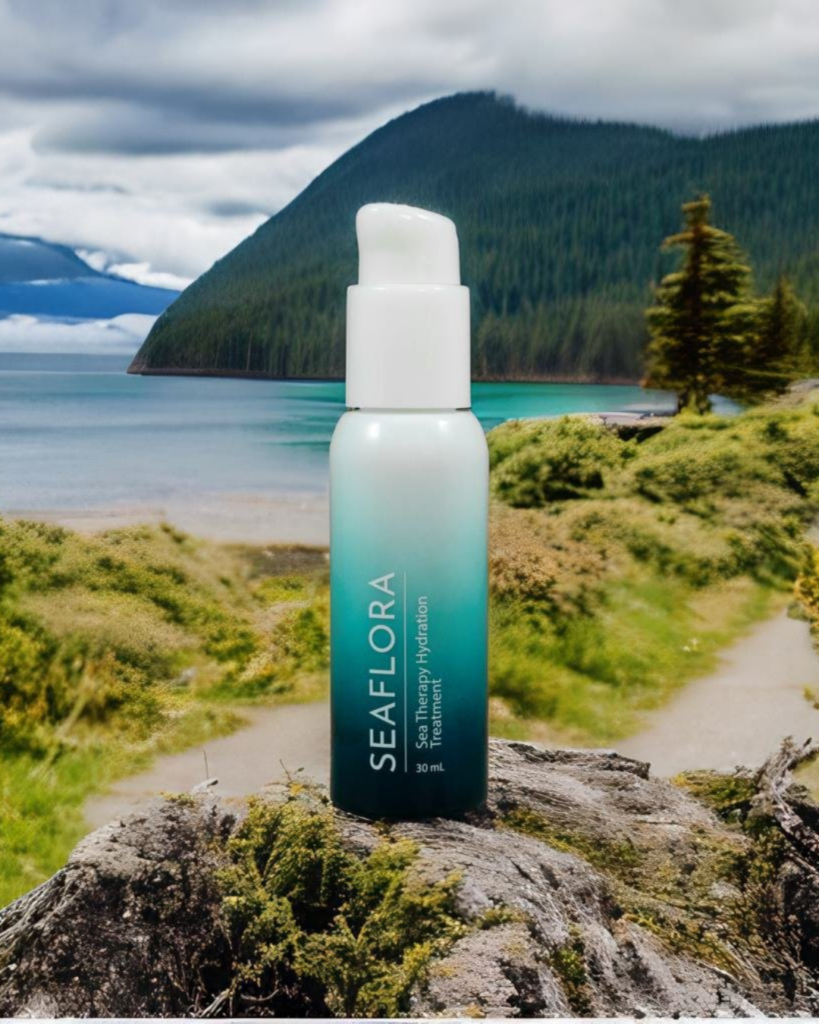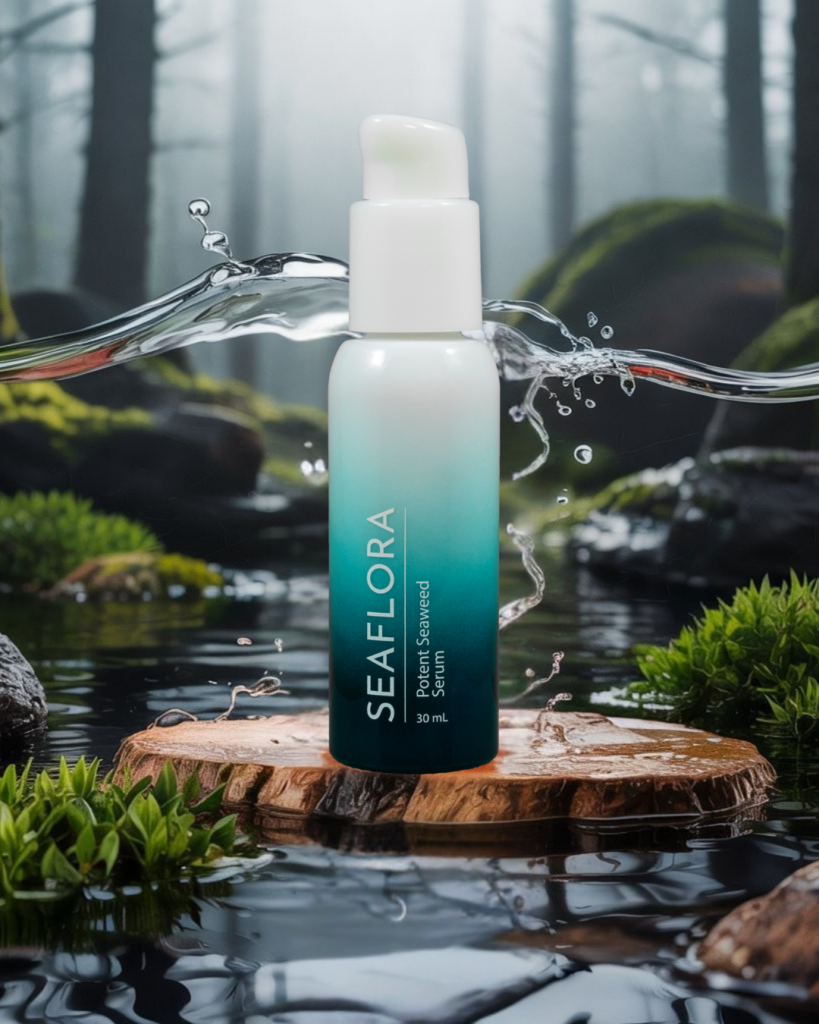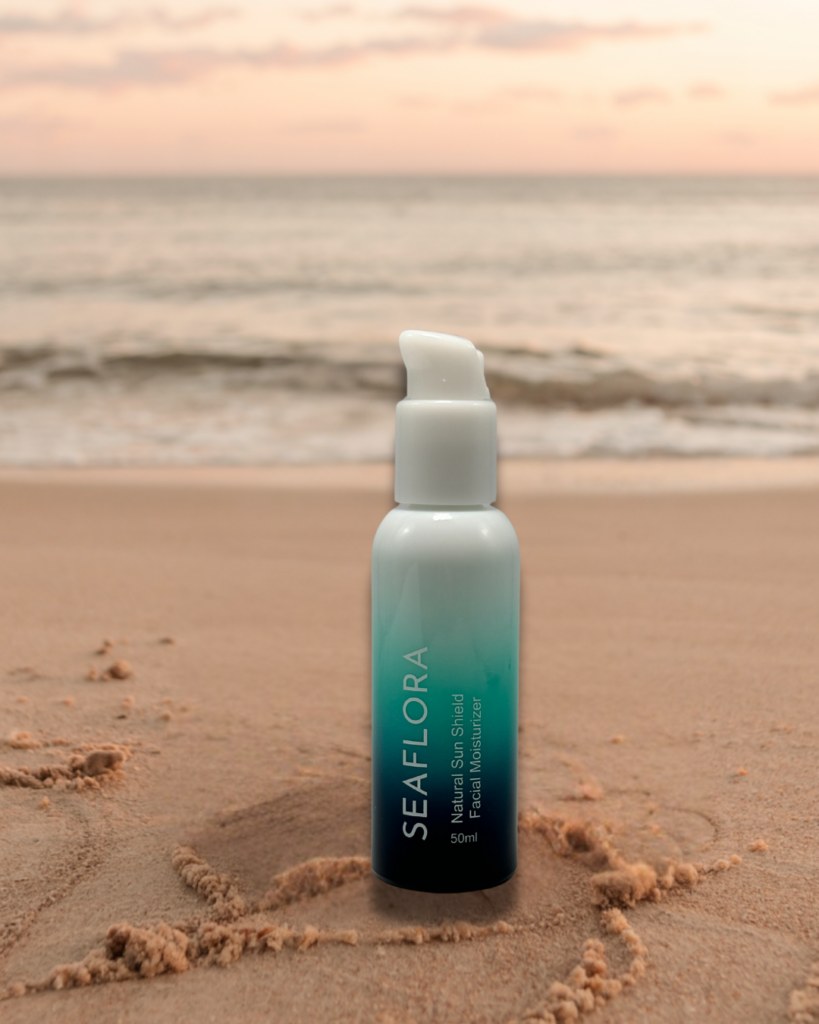Astaxanthin in Seaweed: The Ultimate Skincare Ingredient
Astaxanthin is a powerful antioxidant found in various forms of seaweed, and it’s quickly becoming a go-to ingredient in skincare. This vibrant pigment not only gives seaweed its rich color, but it also packs a punch when it comes to health benefits. From fighting free radicals to promoting skin health, astaxanthin has a lot to offer. Let’s explore how this remarkable compound can enhance your beauty routine and overall wellness.
Key Takeaways
- Astaxanthin is a potent antioxidant that helps protect skin from damage.
- Derived from seaweed, astaxanthin supports skin hydration and elasticity.
- It can improve the appearance of fine lines and wrinkles over time.
- Astaxanthin aids in skin repair and provides some UV protection.
- Using products with astaxanthin can lead to a more youthful and radiant complexion.
The Power of Astaxanthin: Nature’s Ultimate Antioxidant Found in Seaweed
So, I was reading up on antioxidants the other day, and astaxanthin keeps popping up. Apparently, it’s a real powerhouse, and get this – it’s found in seaweed! Who knew?
I used to think of seaweed as just that stuff wrapped around sushi, but it turns out it’s a treasure trove of good stuff. Astaxanthin is what gives some seaweed its reddish color, and it’s supposed to be way more potent than other antioxidants like vitamin C or E.
Think about it: seaweed lives in a pretty harsh environment, battling sunlight and all sorts of environmental stressors. It makes sense that it would develop some serious protective mechanisms, and astaxanthin is one of them. It’s like nature’s way of saying, “Hey, I got this!”
I think we should all be eating more seaweed. Not just for the taste, but for the potential health benefits. It’s like a superfood hiding in plain sight. Plus, if it can help protect seaweed from the elements, imagine what it could do for our skin!
The more I read about astaxanthin, the more I’m convinced it’s something we should all be paying attention to. Especially if you’re into skincare or just trying to stay healthy. I add seaweed snacks to my diet. You know, for science!
How Astaxanthin from Seaweed Can Revitalize Your Skin
It’s this super-powered antioxidant, and guess what? Seaweed is packed with it. I’ve been doing some digging, and the potential for skin revitalization is pretty wild. We’re not just talking about surface-level stuff; this goes deeper.
Think about it: our skin is constantly bombarded by pollution, sun, and just daily stress. All that leads to damage, which shows up as wrinkles, dryness, and just an overall dull look. Astaxanthin from seaweed? It fights back. It’s like giving your skin an army of tiny protectors.
I’ve noticed a real difference since I started incorporating more seaweed into my diet and skincare routine. My skin feels more hydrated, and it definitely has a healthier glow, the gradual improvement is undeniable. Plus, knowing it’s a natural source makes it even better. It’s like giving your skin a boost from the ocean!
Its a natural way to improve my skin, and astaxanthin from seaweed seems like a promising option. It’s not just about looking good; it’s about feeling good and taking care of my skin in a way that’s sustainable and healthy.
Here’s a simple breakdown of what I’ve learned:
- Antioxidant Power: Astaxanthin neutralizes free radicals, reducing damage.
- Hydration Boost: Helps skin retain moisture, combating dryness.
- Inflammation Reduction: Soothes irritated skin, promoting a clearer complexion.
I’m excited to see where this goes. It’s not just a trend; it’s a real solution for healthier, more vibrant skin. I’m all in on the benefits of astaxanthin from seaweed!
Why Astaxanthin from Seaweed is a Game Changer for Anti-Aging Skincare
Okay, so you’ve probably heard a million things about anti-aging skincare, right? Creams, serums, treatments… it’s endless. But let me tell you, astaxanthin from seaweed is not just another drop in the bucket. It’s a total game changer. Why? Because it tackles aging at a cellular level, and seaweed happens to be one of the best ways to get it.
Think about it: seaweed lives in some pretty harsh environments, battling sun, salt, and all sorts of stress. To survive, it produces astaxanthin, a super-powerful antioxidant. And when we use it in skincare, we get to reap those benefits too. It’s like borrowing nature’s own defense system for our skin. I mean, who wouldn’t want that?
Astaxanthin’s unique molecular structure allows it to neutralize free radicals in a way that many other antioxidants can’t. This means better protection against the damage that leads to wrinkles, age spots, and loss of elasticity. It’s not just about looking younger; it’s about keeping your skin healthy and resilient.
Here’s why I think it’s such a big deal:
- It’s a natural source, which is always a plus in my book.
- It’s incredibly potent, so you don’t need a ton of it to see results.
- It works on multiple levels, from protecting against UV damage to boosting collagen production. Check out this antioxidant serum ampoule for an example.
Basically, if you’re serious about anti-aging, you need to get on the astaxanthin train. And seaweed is a fantastic way to do it.
Boost Your Immune System and Skin Health with Astaxanthin from Seaweed
Okay, so you’ve probably heard about antioxidants, right? They’re like the superheroes of your body, fighting off all the bad stuff that can make you sick or age faster. Well, astaxanthin is one of the most powerful antioxidants out there, and guess what? Seaweed is a fantastic source! It’s not just for sushi anymore, folks.
Astaxanthin from seaweed can really give your immune system a boost. Think of it as armor for your cells, protecting them from damage. And when your immune system is strong, your skin shows it. Less inflammation, fewer breakouts, and an overall healthier glow. It’s like hitting two birds with one stone, except instead of birds, it’s your immune system and your skin.
I’ve been incorporating more seaweed into my diet, and honestly, I’ve noticed a difference. My skin feels less irritated, and I haven’t caught a cold in ages.
Here’s a quick rundown of what astaxanthin can do for you:
- Strengthens your immune response
- Reduces inflammation in the body
- Protects skin cells from damage
- Promotes a healthy, radiant complexion
So, next time you’re at the grocery store, consider grabbing some seaweed snacks.
How Astaxanthin in Seaweed Supports Skin Repair and UV Protection
Okay, so you know how sunburns are the worst? And how your skin sometimes feels like it’s just done after a long day? Well, astaxanthin from seaweed might be your new best friend. It’s not just about preventing damage; it’s about helping your skin bounce back.
Think of it like this: your skin is constantly under attack. Sun, pollution, stress – it all adds up. Astaxanthin steps in as a kind of bodyguard and repair crew all in one. It helps neutralize those nasty free radicals that cause damage and also supports the skin’s natural repair processes.
I’ve been reading up on this stuff, and it’s pretty amazing how a single compound can do so much. It’s not a magic bullet, but it’s definitely a powerful tool in the fight against skin aging and damage.
Here’s a quick rundown of what astaxanthin does:
- Reduces inflammation, which is key for healing.
- Boosts collagen production, keeping skin firm and elastic.
- Protects against UV damage, acting like an internal sunscreen (though you still need sunscreen!).
The Connection Between Astaxanthin, Seaweed, and Natural Beauty
It’s no secret that the beauty industry is constantly searching for the next big thing, and lately, all eyes are on the ocean. Specifically, on seaweed and its amazing component, astaxanthin. But what’s the real connection between these marine wonders and achieving that coveted natural glow? Let’s break it down.
Seaweed, in general, is packed with vitamins, minerals, and antioxidants. It’s like a superfood for your skin, offering hydration, protection, and even anti-aging benefits. Now, when you add astaxanthin to the mix, you’re taking things to a whole new level. Astaxanthin is a potent antioxidant that gives seaweed its vibrant color, and it’s this antioxidant power that translates into some serious beauty benefits.
Think of astaxanthin as a shield for your skin. It helps protect against environmental stressors like pollution and UV rays, which can lead to premature aging and damage. By incorporating astaxanthin-rich seaweed into your skincare routine, you’re essentially giving your skin an extra layer of defense, helping it stay healthy and radiant.
Here’s a simple way to think about it:
- Seaweed provides essential nutrients.
- Astaxanthin acts as a powerful antioxidant.
- Together, they promote healthy, beautiful skin.
It’s a match made in natural beauty heaven! And the best part? It’s a sustainable and eco-friendly way to enhance your skincare routine. You can find astaxanthin kelp blend in repair serum and other products.
Astaxanthin from Seaweed: The Secret to Glowing, Youthful Skin
Okay, so we’ve talked a lot about astaxanthin and how awesome it is, especially when it comes from seaweed. But let’s get real – what does it actually do for your skin? Well, think of it as your skin’s new best friend. It’s not just about looking good; it’s about healthy, happy skin that glows from within.
I’ve been trying to incorporate more astaxanthin into my routine, and honestly, I’m seeing a difference. My skin feels more hydrated, and that dullness I used to have? Gone. It’s like my skin is finally getting the nutrients it needs to thrive. Astaxanthin is a powerhouse when it comes to skincare.
It’s a pretty amazing addition to any skincare regimen. The antioxidant properties are a big deal, helping to fight off those pesky free radicals that cause aging. Plus, the way it supports collagen production is a game-changer for keeping skin looking plump and youthful.
Here’s a quick rundown of what astaxanthin from seaweed can do for you:
- Reduces the appearance of fine lines and wrinkles.
- Improves skin elasticity and firmness.
- Protects against UV damage (though, still wear sunscreen!).
- Boosts hydration and reduces dryness.
You might just catch a glimpse of that youthful glow you thought was long gone. And who wouldn’t want that? It’s all about feeling good in your own skin, and astaxanthin from seaweed can definitely help with that. It’s a simple, natural way to give your skin the love it deserves. Consider adding astaxanthin benefits to your daily routine.
The Science Behind Astaxanthin and Why Seaweed is Its Best Source
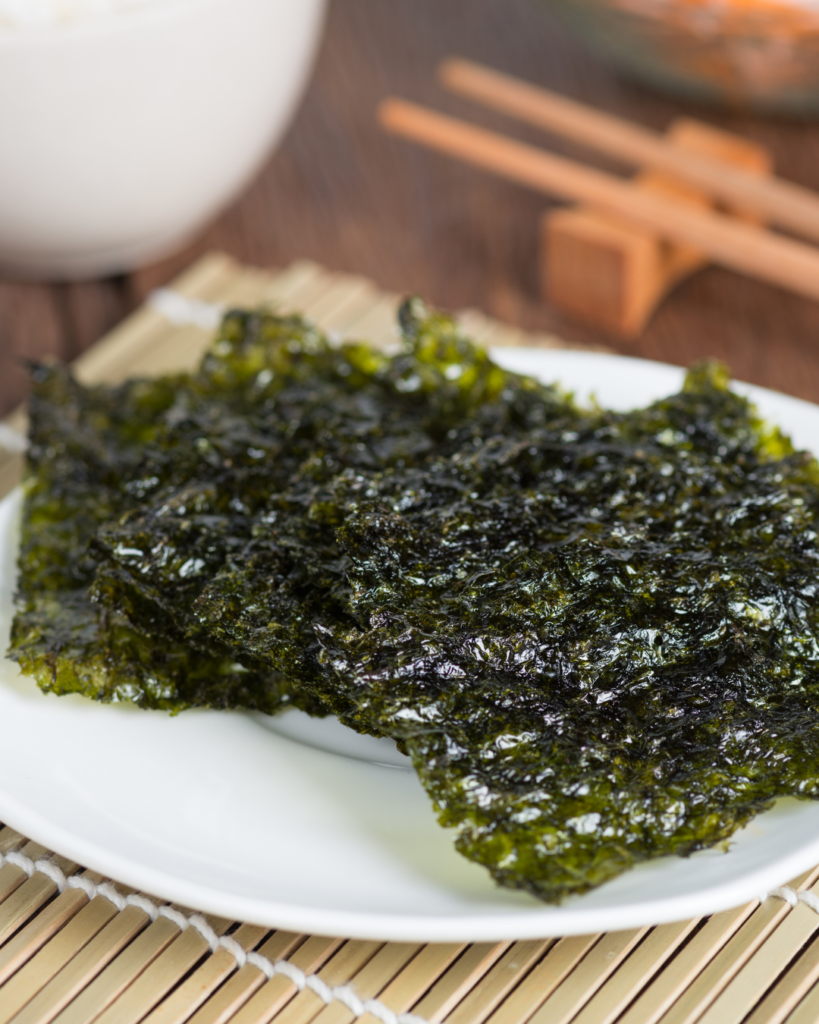
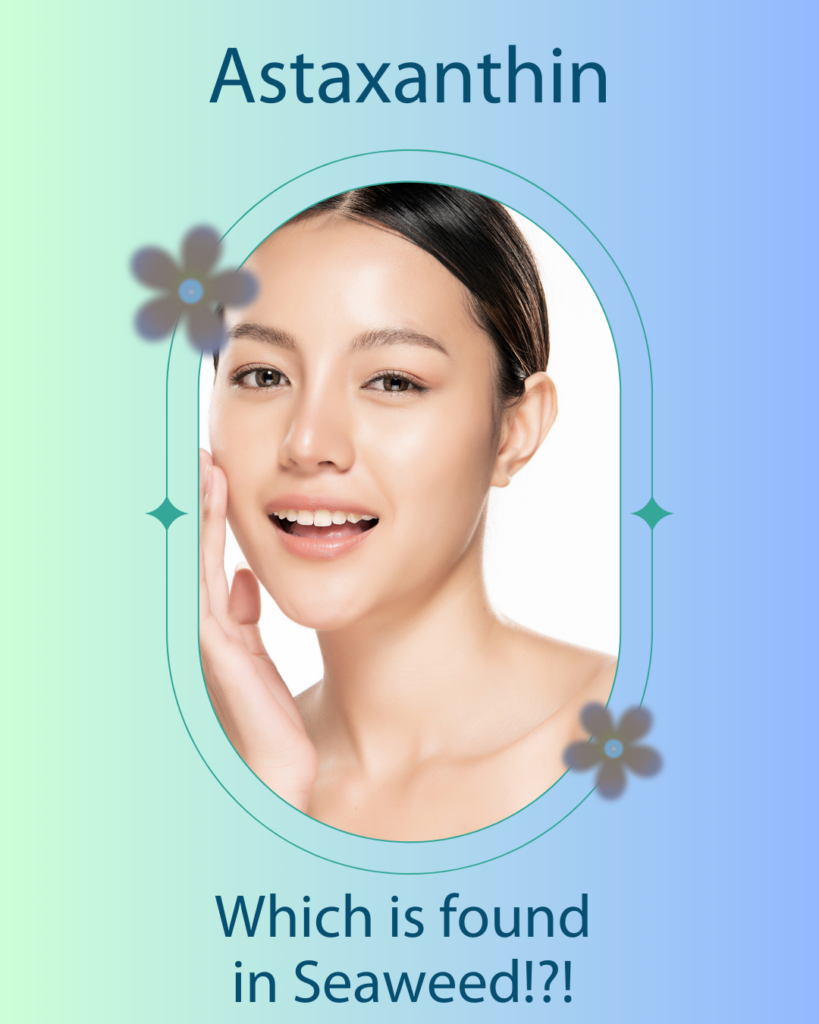

Let’s talk about the science behind all the hype, and why seaweed is actually the rockstar when it comes to sourcing this stuff.
Think of astaxanthin as a bodyguard for your cells. It protects them from damage caused by free radicals, which are basically tiny troublemakers that can speed up aging and cause all sorts of problems. What makes astaxanthin special is its unique molecular structure. This allows it to span the entire cell membrane, offering protection both inside and out. Most other antioxidants can only protect either the inside or the outside, not both.
Now, where does seaweed come into play? Well, certain types of seaweed, especially Haematococcus pluvialis, are astaxanthin factories. These microalgae produce astaxanthin as a defense mechanism when they’re stressed – like when they’re exposed to too much sunlight or not enough nutrients. It’s their way of surviving harsh conditions, and lucky for us, we can harness that power.
Why is seaweed the best source? A couple of reasons:
- Concentration: Seaweed, particularly Haematococcus pluvialis, can accumulate very high concentrations of astaxanthin compared to other sources like salmon or krill.
- Purity: Seaweed-derived astaxanthin can be produced in controlled environments, ensuring a high level of purity and minimizing the risk of contamination.
It’s important to note that not all astaxanthin is created equal. Synthetic astaxanthin exists, but it doesn’t have the same benefits as the natural stuff found in seaweed. So, when you’re looking for astaxanthin supplements or skincare products, make sure they’re derived from natural sources like Haematococcus pluvialis.
Here’s a quick comparison:
| Source | Astaxanthin Concentration | Sustainability | Purity |
|---|---|---|---|
| Seaweed | High | Good | High |
| Salmon | Low | Variable | Medium |
| Synthetic | N/A | Good | High |
So, next time you hear about astaxanthin, remember the science behind it and why seaweed is the real MVP. It’s not just a trendy ingredient; it’s a powerful antioxidant with a sustainable and effective source.
Wrapping It Up
So, there you have it. Astaxanthin from seaweed is pretty amazing. It’s packed with nutrients that can really help your skin. Whether you’re dealing with dryness, fine lines, or just want to keep your skin looking fresh, this kelp blend has got you covered. Plus, it’s natural and comes from a sustainable source, which is a big win. If you’re looking to up your skincare game, consider giving products with Astaxanthin a shot. Your skin might just thank you for it!
Conclusion
In conclusion, Astaxanthin in seaweed represents a remarkable blend of natural skincare and cutting-edge science. This powerful antioxidant, found in species like dulse and nori, offers UV protection and anti-inflammatory benefits, making it a standout ingredient in natural skincare.
Seaflora’s use of Astaxanthin-rich seaweeds showcases sustainable skincare, tapping into a potent source of skin-nourishing compounds while supporting eco-friendly practices. As consumers seek natural, effective ingredients, seaweed-derived Astaxanthin is poised to play a significant role in the future of skincare – a future that’s green, blue, and rosy with promise.
Frequently Asked Questions
What is astaxanthin and where does it come from?
Astaxanthin is a powerful antioxidant that comes from certain types of seaweed and algae. It helps protect cells from damage and is known for its benefits to skin and overall health.
How does astaxanthin benefit the skin?
Astaxanthin helps reduce fine lines and wrinkles, improves skin moisture, and can even soothe sensitive skin conditions. It works by boosting collagen production and protecting against UV damage.
Is astaxanthin safe for all skin types?
Yes, astaxanthin is generally safe for all skin types, including sensitive skin. It can help with various skin issues, making it a great addition to skincare routines.
How can I incorporate astaxanthin into my skincare routine?
You can find astaxanthin in various skincare products like serums and creams. Look for products that highlight astaxanthin as a key ingredient for the best results.
Does astaxanthin have any side effects?
Astaxanthin is considered safe for most people, but some may experience mild irritation. It’s always best to do a patch test before using any new skincare product.
Can astaxanthin help with aging?
Yes, astaxanthin is known for its anti-aging properties. It helps to improve skin elasticity, reduce wrinkles, and promote a youthful glow.
Resources
https://www.vitarx.co/astaxanthin/complete-guide
https://www.vitafoodsinsights.com/botanicals-herbs/the-bigger-picture-for-astaxanthin
https://pmc.ncbi.nlm.nih.gov/articles/PMC11277739
https://lb-rh.com/blogs/news/ingredient-spotlight-under-the-sea-with-astaxanthin-kelp-blend

